Data pre-processers such as StandardScaler should be used to fit_transform the train set and only transform (not fit) the test set. I expect the same fit/transform process applies to cross-validation for tuning the model. However, I found cross_val_score and GridSearchCV fit_transform the entire train set with the preprocessor (rather than fit_transform the inner_train set, and transform the inner_validation set). I believe this artificially removes the variance from the inner_validation set which makes the cv score (the metric used to select the best model by GridSearch) biased. Is this a concern or did I actually miss anything?
To demonstrate the above issue, I tried the following three simple test cases with the Breast Cancer Wisconsin (Diagnostic) Data Set from Kaggle.
- I intentionally fit and transform the entire X with
StandardScaler()
X_sc = StandardScaler().fit_transform(X)
lr = LogisticRegression(penalty='l2', random_state=42)
cross_val_score(lr, X_sc, y, cv=5)
- I include SC and LR in the
Pipelineand runcross_val_score
pipe = Pipeline([
('sc', StandardScaler()),
('lr', LogisticRegression(penalty='l2', random_state=42))
])
cross_val_score(pipe, X, y, cv=5)
- Same as 2 but with
GridSearchCV
pipe = Pipeline([
('sc', StandardScaler()),
('lr', LogisticRegression(random_state=42))
])
params = {
'lr__penalty': ['l2']
}
gs=GridSearchCV(pipe,
param_grid=params, cv=5).fit(X, y)
gs.cv_results_
They all produce the same validation scores. [0.9826087 , 0.97391304, 0.97345133, 0.97345133, 0.99115044]
